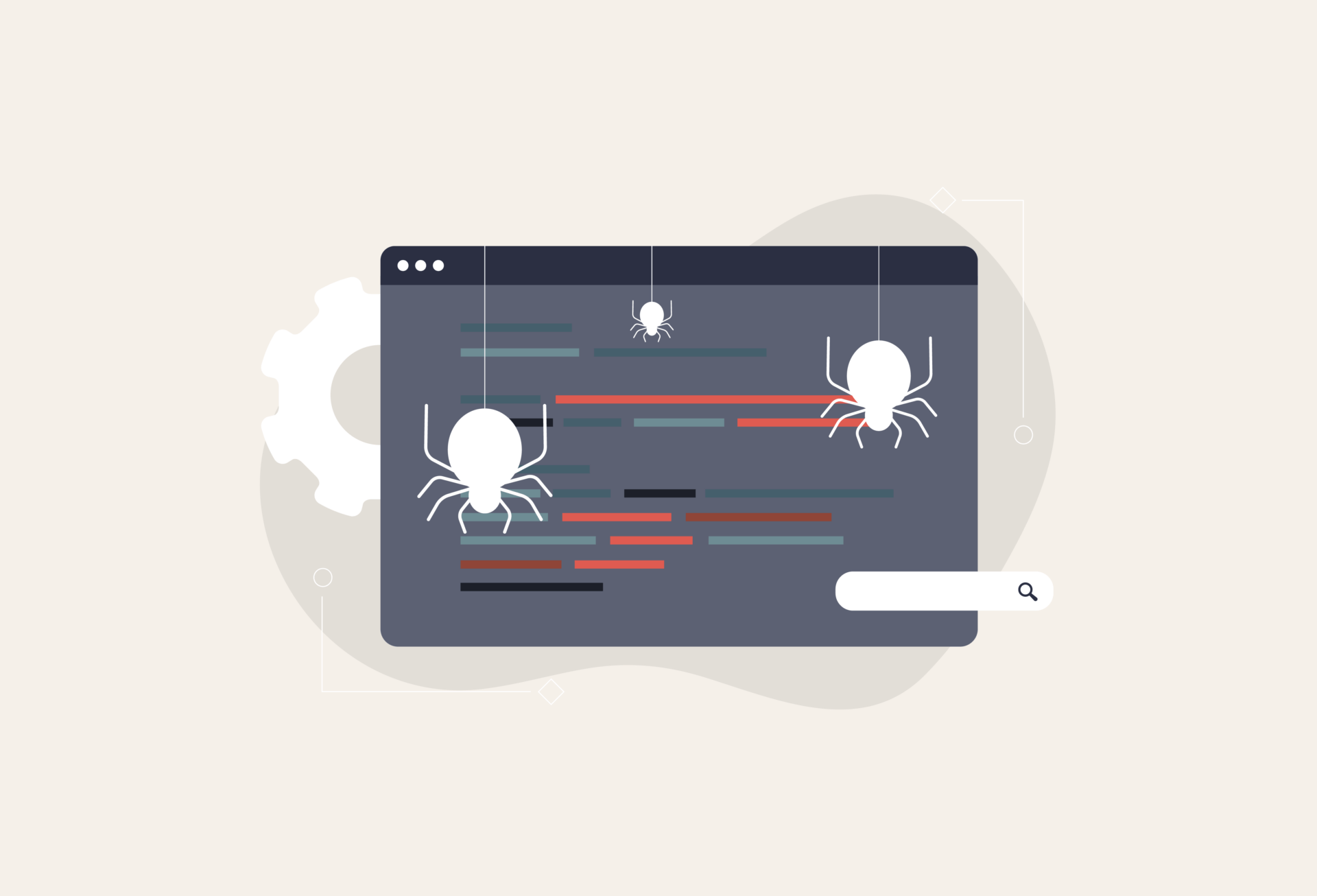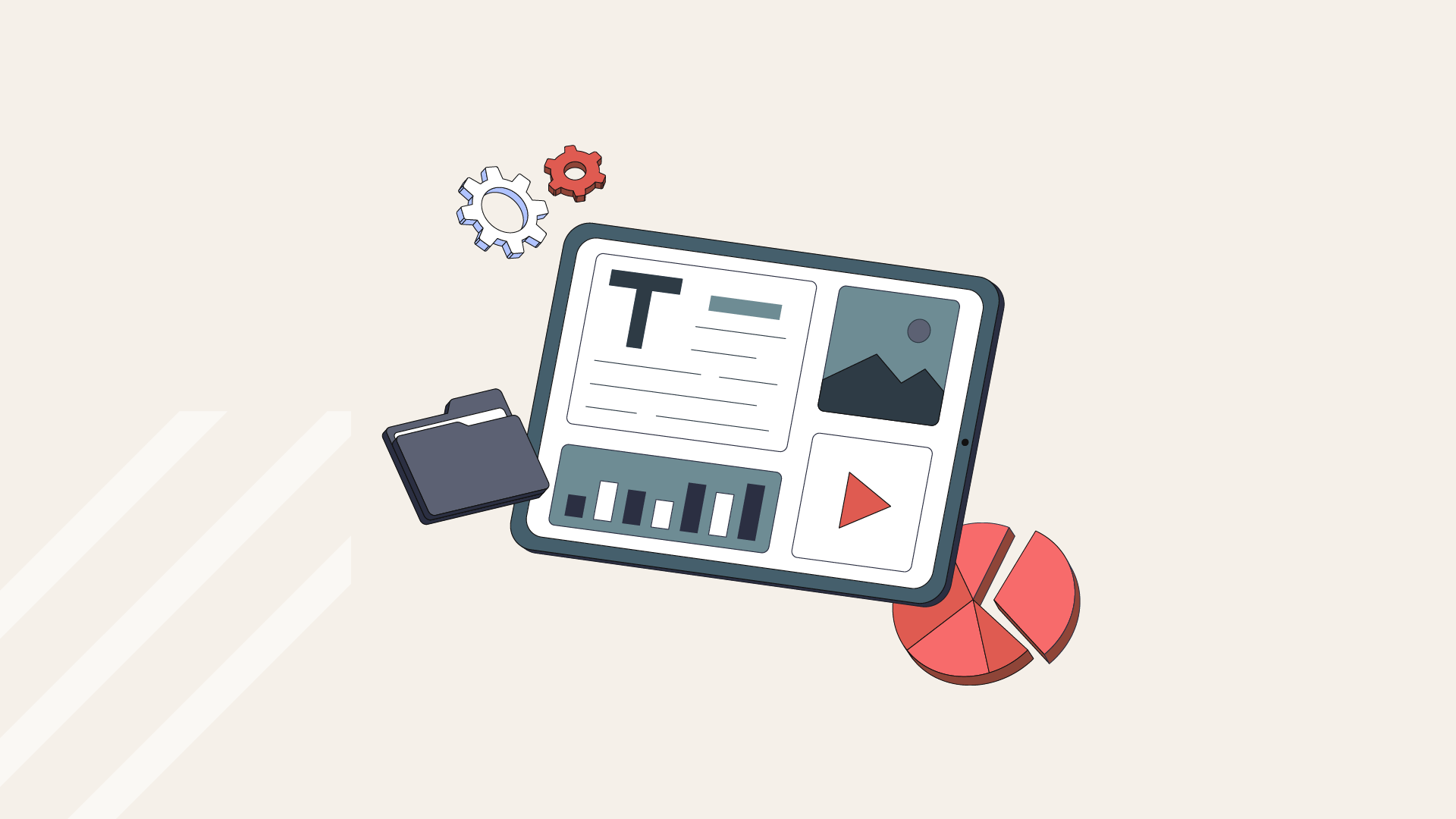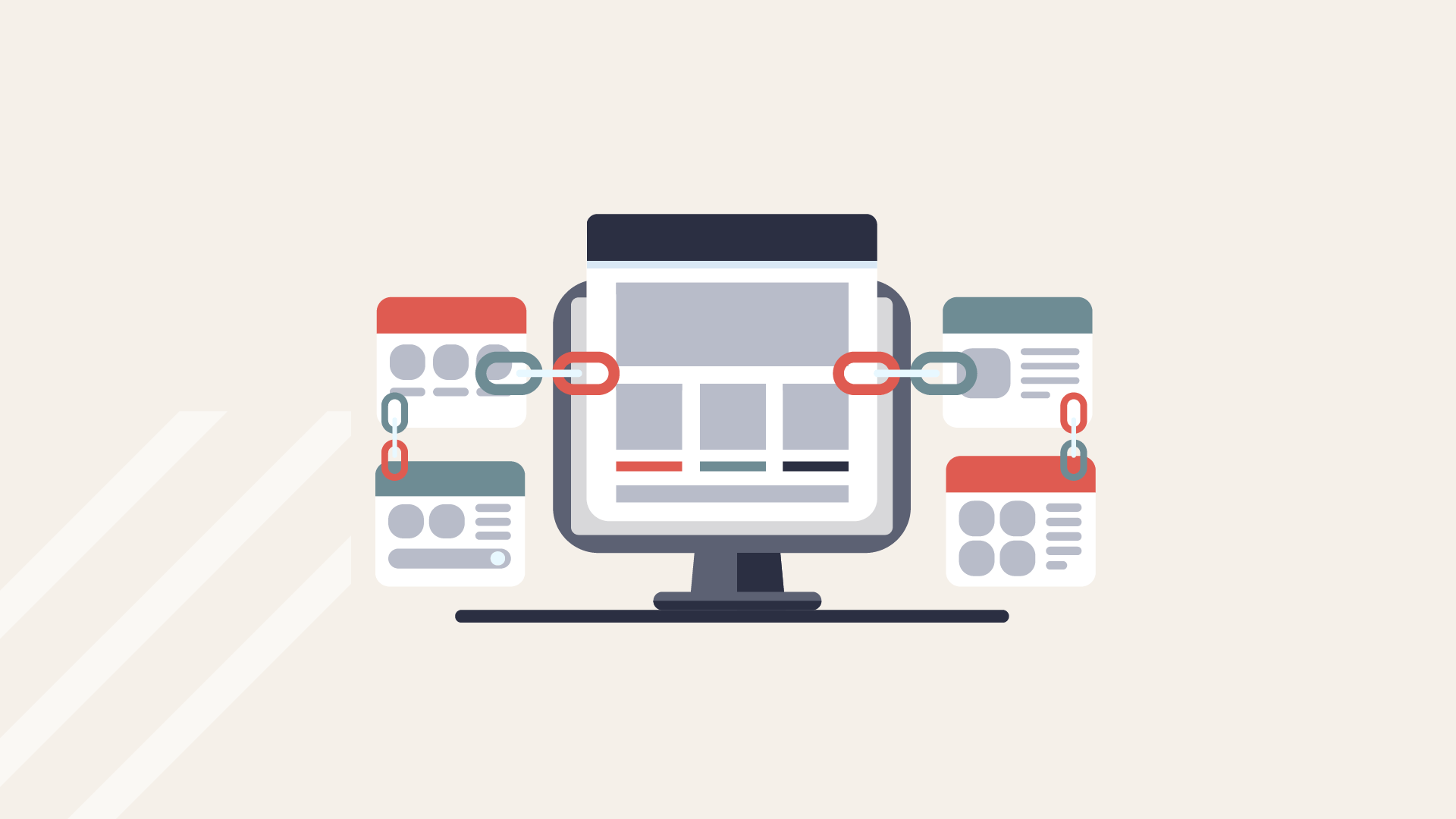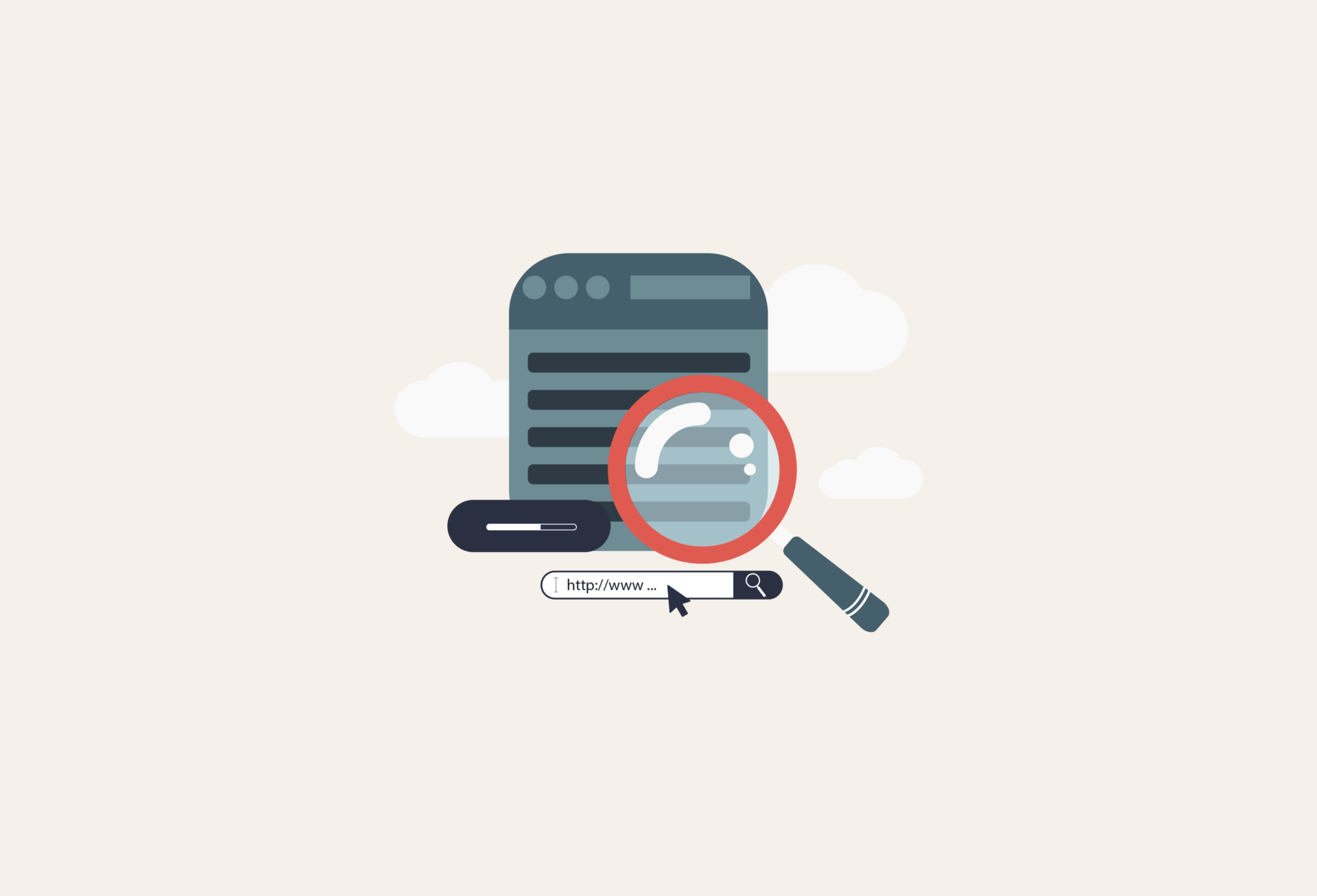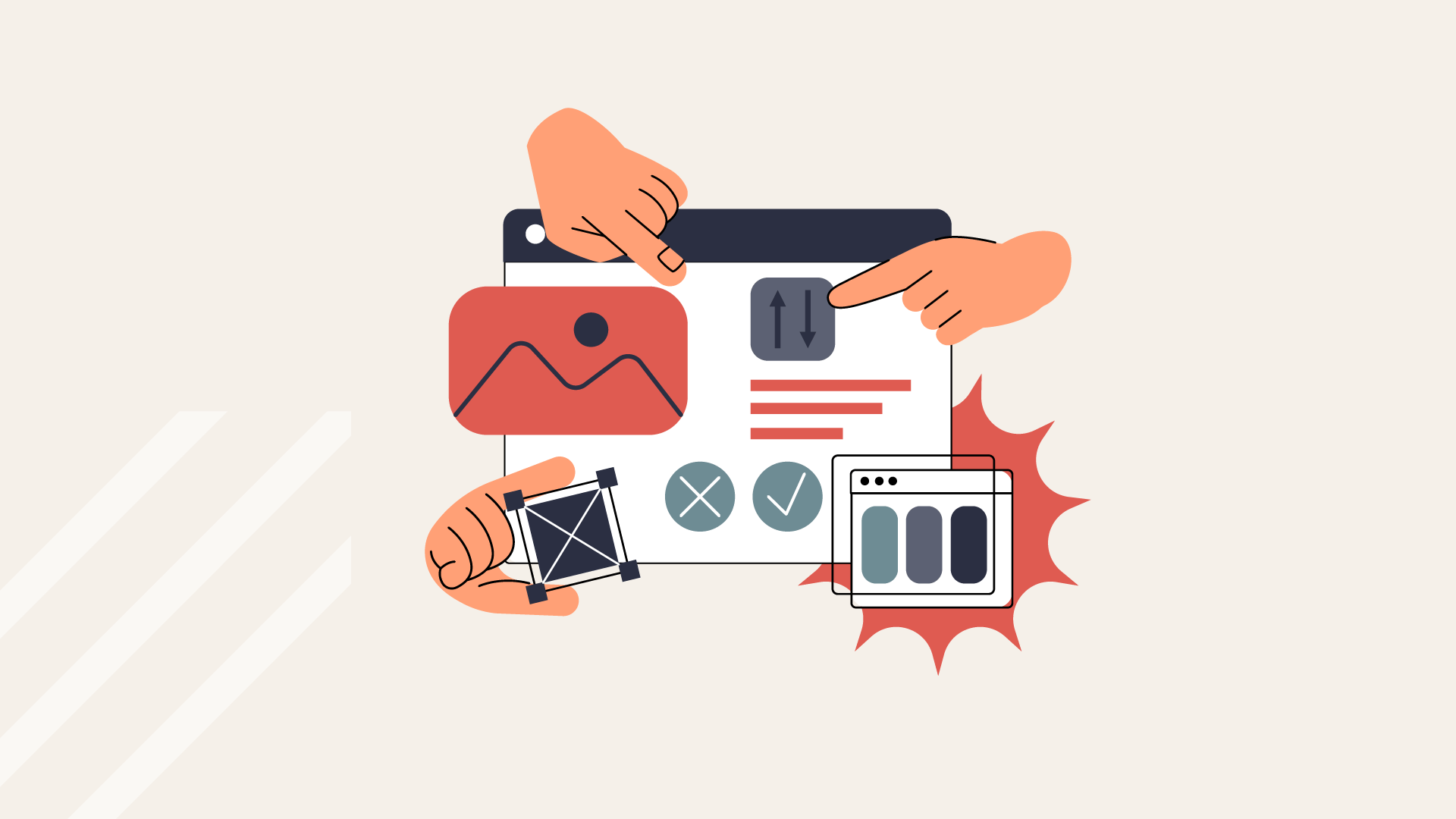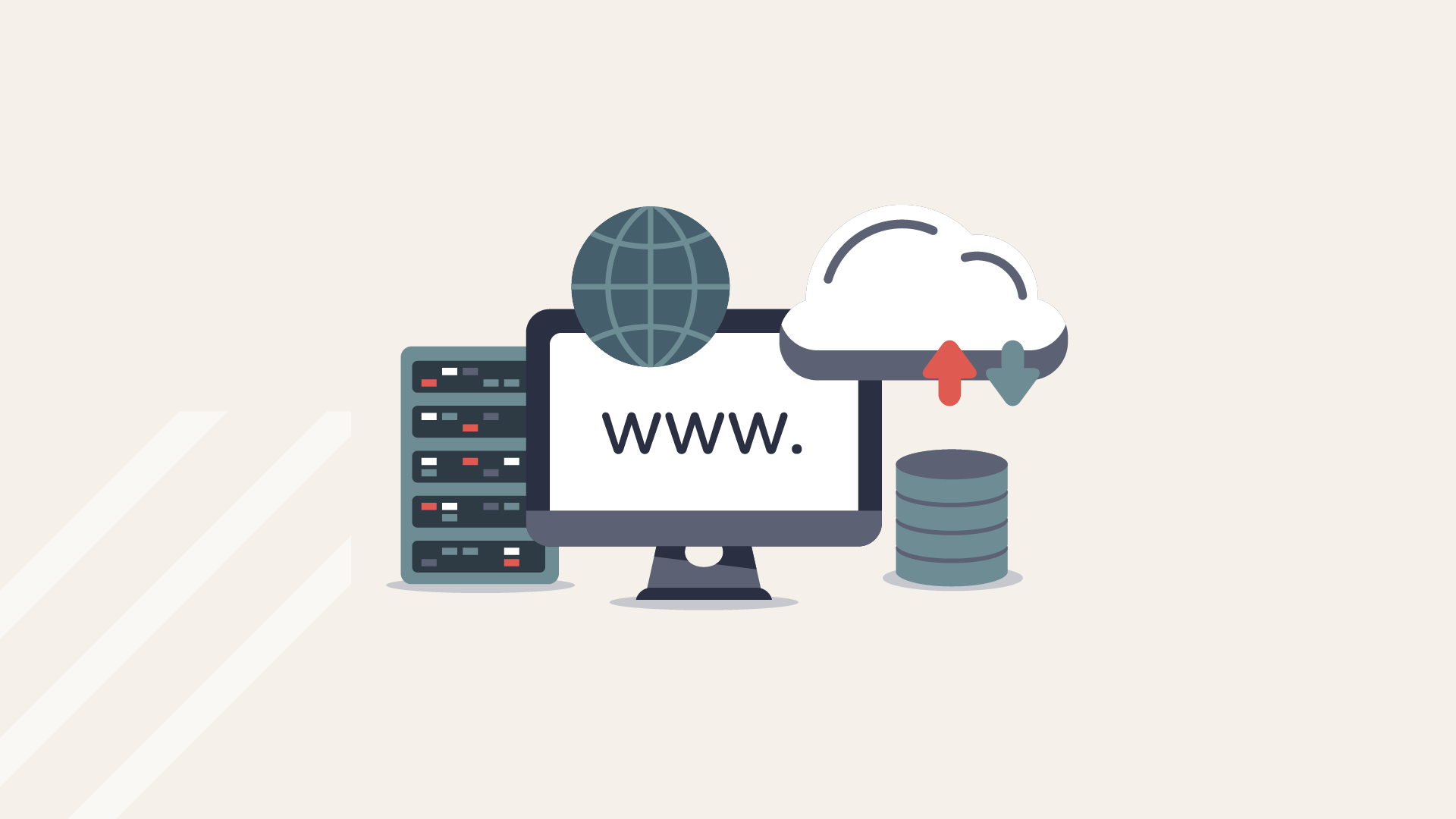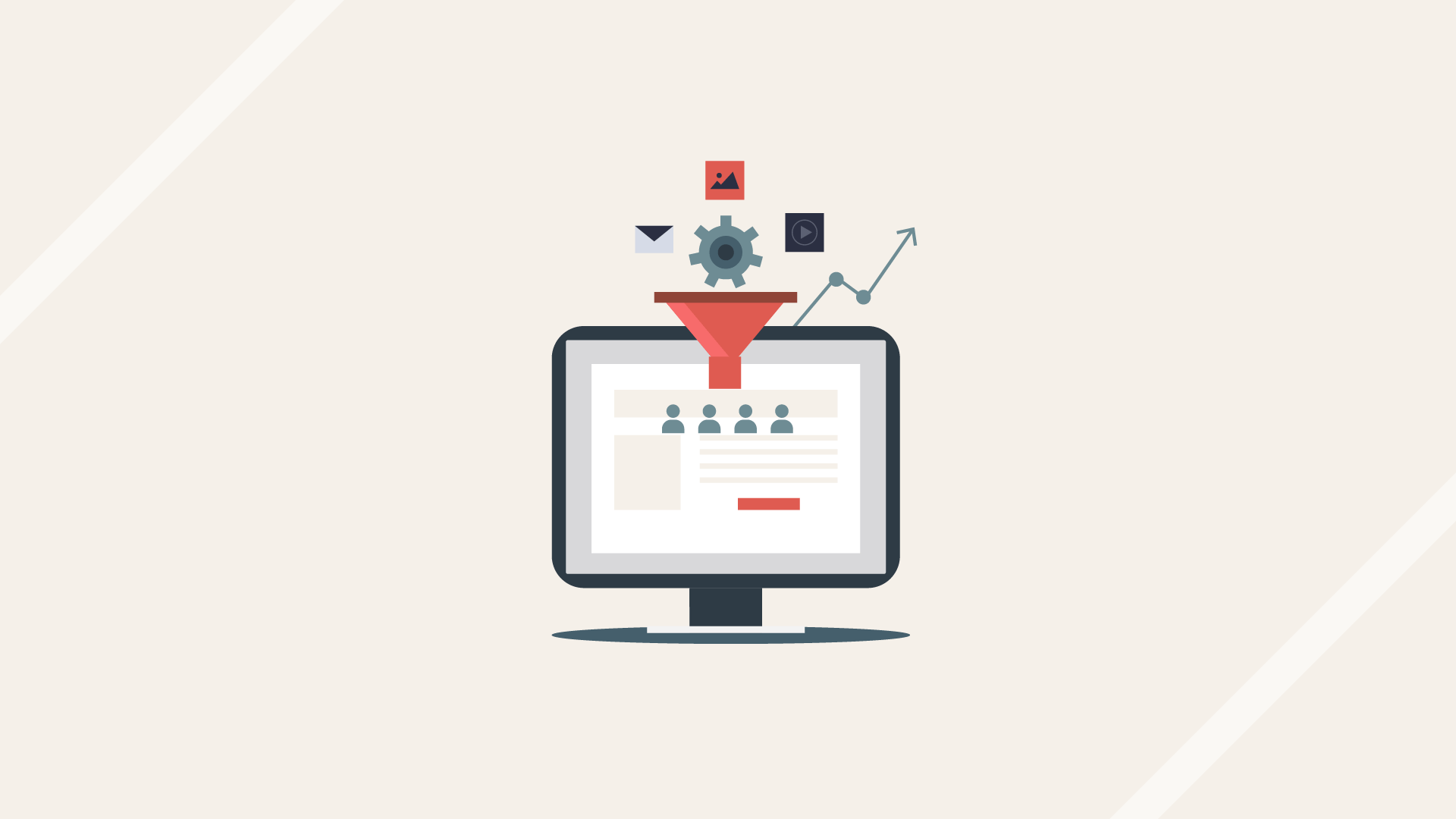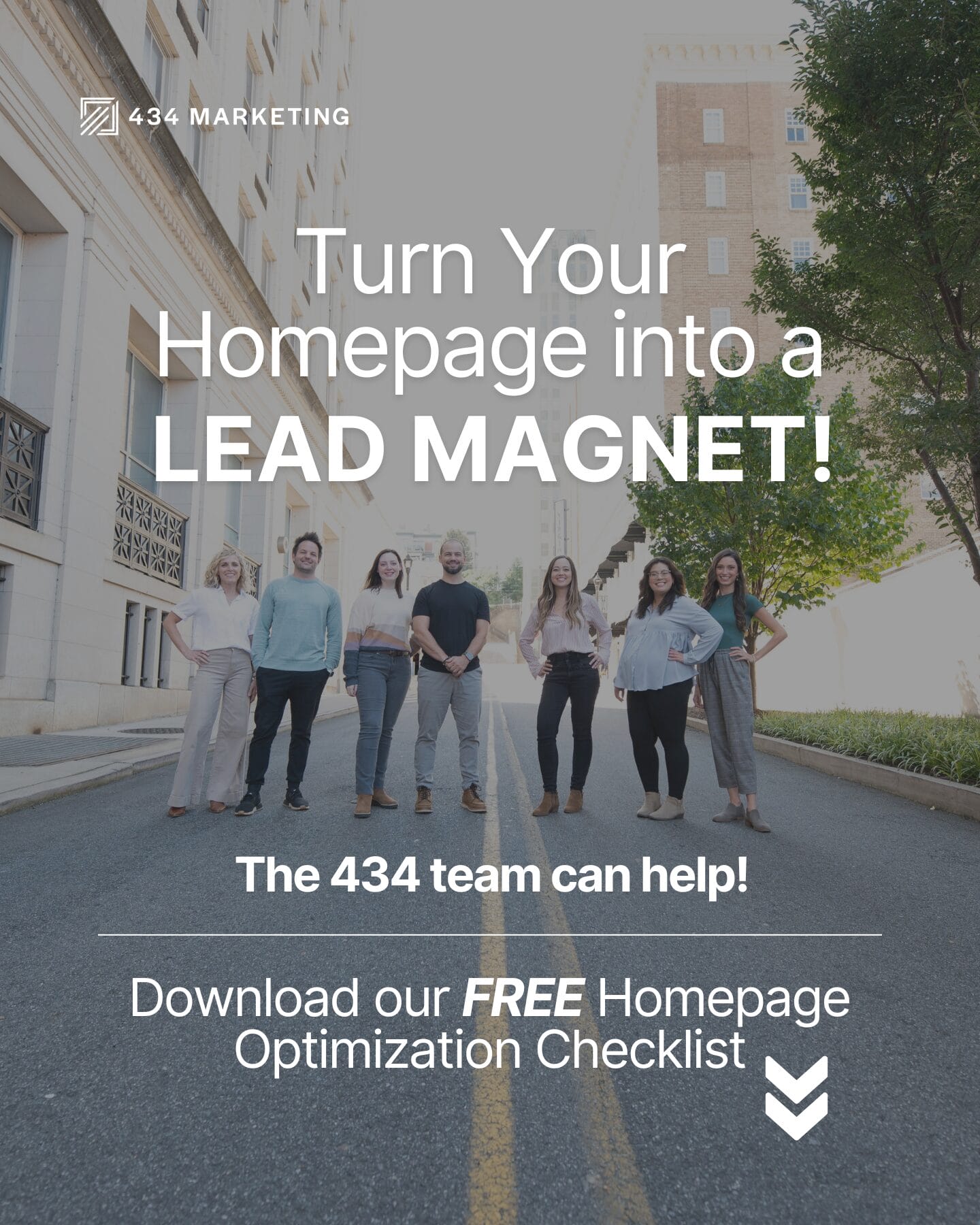At 434 Marketing, we help clients build websites that are beautiful, strategic, and accessible. As more organizations prioritize inclusive practices across the board, ensuring that your website is usable by everyone, including those with disabilities, is a key part of that commitment. Accessibility measures can also impact overall website performance, including search visibility.
When we work with clients, accessibility is often top-of-mind. That’s why we integrate compliant best practices from the very beginning of the redesign process, starting with how we shape content strategy, wireframes, and user flows.

Accessibility Isn’t Just About Compliance
The most common entry point into accessibility conversations is compliance, particularly with standards like WCAG (Web Content Accessibility Guidelines) or regulations like the ADA (Americans with Disabilities Act). And yes, compliance matters. But stopping at the legal checkbox overlooks the broader impact accessibility can have.
Accessible websites:
- Reflect a brand that values inclusion
- Rank better in search engines
- Load faster
- Are easier to navigate for all users (not just those with disabilities!)

This broader perspective aligns with our discovery and conversion mapping process at 434. Accessibility becomes a natural outcome of taking a user-focused approach to web design. From the start, we focus on understanding your audiences — all of them — and design with their unique paths through your site in mind.
Where Accessibility Starts: Content & Structure
Often, teams assume accessibility is something developers address as an afterthought right before go-live. In reality, many of the most impactful accessibility decisions happen far earlier in the discovery and content phases.
When we run conversion mapping workshops with clients, we intentionally explore:
- How users with different abilities will navigate your site
- Where visual cues should be supplemented with text or audio
- Whether calls to action are clear, descriptive, and logically placed

Then, when we’re building wireframes and crafting page narratives, we think through the hierarchy of information. We implement proper heading structure, descriptive link text, and clear section breaks. Once we’re confident that the page layout will work, we can weave in visuals that further enhance each page and create a truly accessible (and beautiful!) experience.
How to Make Design Choices That Don’t Exclude
When it comes to inclusive web design, small choices can have a big impact. From the contrast between text and background colors to the spacing between clickable elements, every design decision shapes how easily users can navigate and engage with your content. Prioritizing accessibility doesn’t mean you have to compromise on creativity — the more you design with accessibility in mind, the more those guardrails feel intuitive, and your design aesthetics will naturally start falling within them.
Some examples of how we intentionally choose accessibility in our site designs:
- Color contrast: We use high-contrast color palettes and check them against WCAG guidelines to ensure text is legible for users with low vision or color blindness.
- Typography: Clear, readable fonts in appropriate sizes make content more usable for everyone, not just those with visual impairments.
- Animations and movement: Subtle motion can enhance a site’s appeal, but it’s important to ensure those effects don’t create more friction.
- Graphics: Incorporating illustrations and graphics can provide a fresh way to view content, especially for those who may not enjoy or have difficulty reading on screens.

SEO and Accessibility Go Hand-in-Hand
Another reason to invest in accessibility? Search engines love accessible sites.
Many of the same elements that improve user access, like proper alt text, semantic HTML, fast page loads, and clear page structure also help your site rank better in search results. So while accessibility is rooted in user empathy, it brings with it measurable ROI. The websites we launch for our clients are built with the end user in mind — and accessibility is a huge part of that! We include all these features and more to ensure our websites are inclusive and user-friendly.
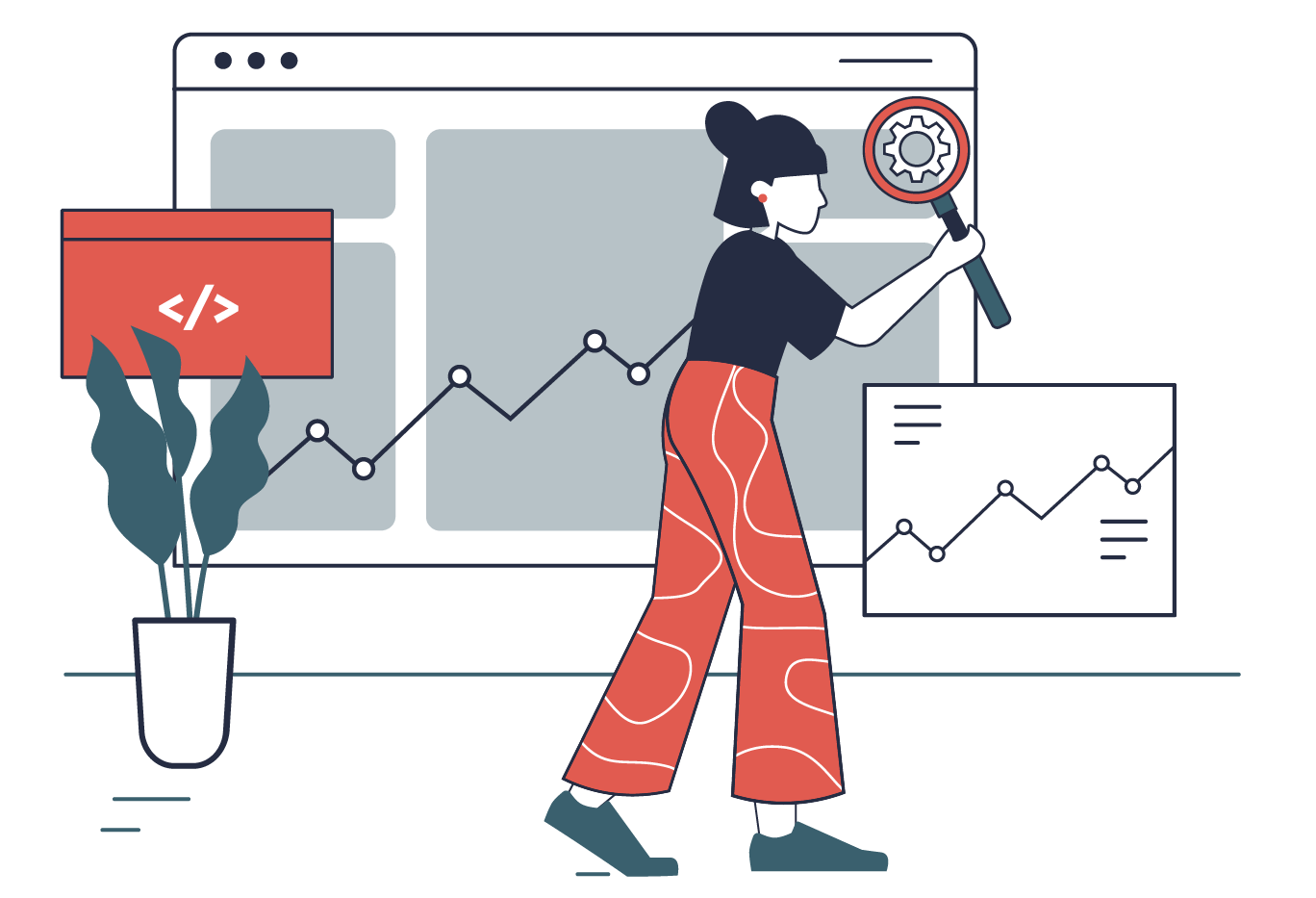
Want to Make Your Site More User-Friendly and Accessible?
Accessibility isn’t something you check a box on at the end of a site build, it’s something you should consider at every step. When you prioritize it early, you avoid costly rework later and ensure your site speaks to the full range of people you serve.
With decades of experience designing sites, we’re familiar with accessibility best practices, and we make those a top priority every time we launch sites. At 434 Marketing, we’re proud to work alongside our clients to create digital experiences that are welcoming, functional, and impactful. Not just for some users — for all.



